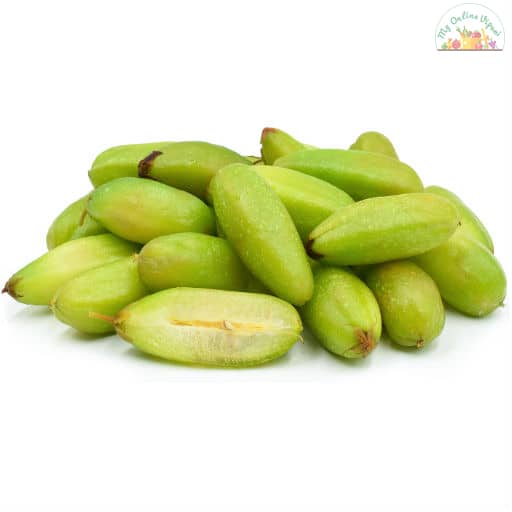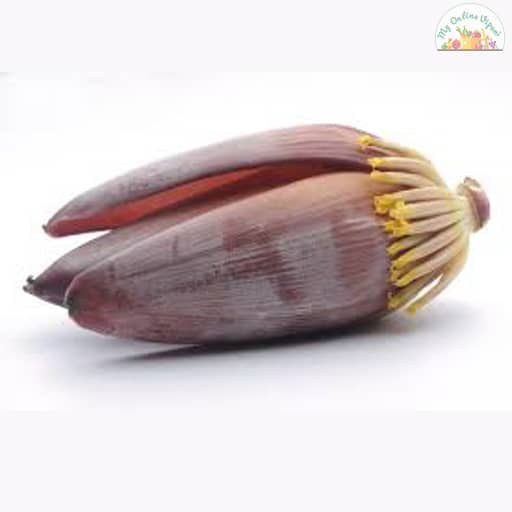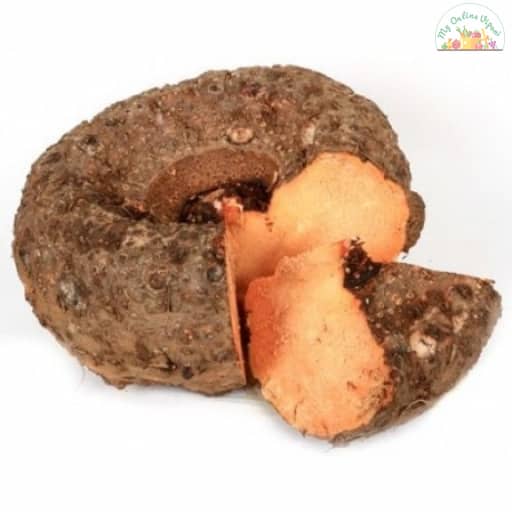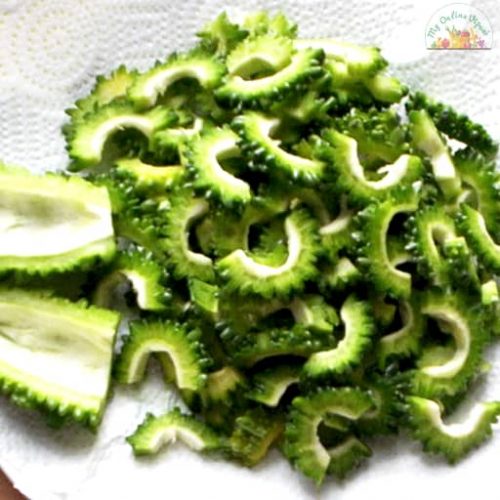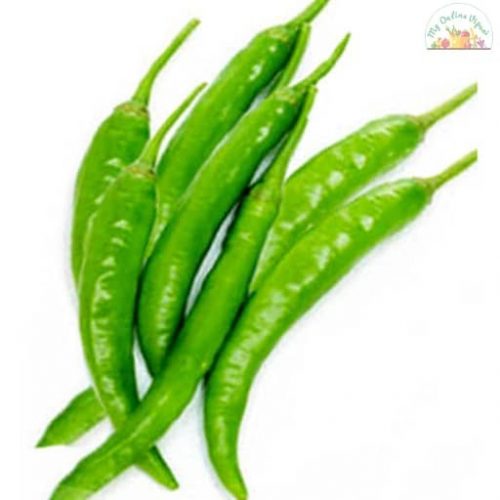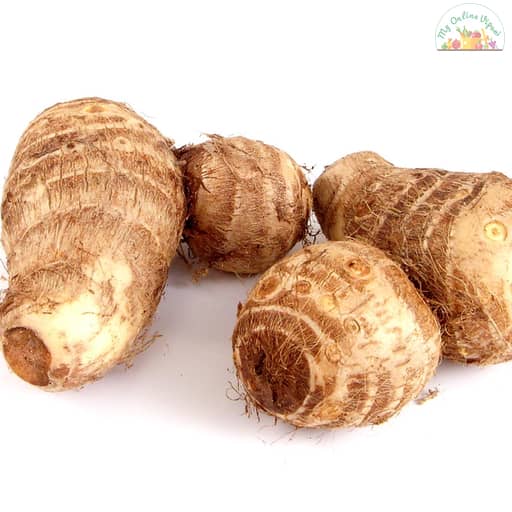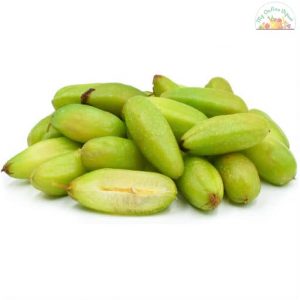Description
Pulinchikka (Bilimbi Fruit) 250GM (പുളിഞ്ചിക്ക)
Common name:Bilimbi, Cucumber tree, Tree Sorrel.
Ethnic names:Kamias, Belimbing Asam, Belimbing Buloh, Bimbiri
Scientific name:Averrhoa bilimbi
Origin:Malaysia and Indonesia
Appearance:The fruit is very crunchy when unripe and it turns from bright-green to yellowish-green, when it is ripe. Once it got ripe it falls on the ground. The outer skin is shiny, very thin and gentle, and the flesh will be greenish-white in color which will be very juicy and extremely sour. It has a few flattened seeds which is brown in color.
Bilimbi Facts
- The fruit juice has a high concentration of oxalic acid which is useful for cleaning and bleaching.
- The fruit is generally regarded as too acid for eating raw so are used extensively in soups, sauces, curries etc.
- There is a sweet variety of bilimbi in the Philippines where the sour bilimbis are called kamias, while the sweet variety is called balimbing.
- The fruits are available throughout the year.
- The tree bears hundreds of fruits per year.
- Bilimbi is preserved by sun-drying, the sun-dried bilimbi is called asam sunti.
Medicinal benefits in Bilimbi
- The leaves of bilimbi are used as a treatment for venereal disease.
- The leaf decoction is taken as a medicine to relieve from rectal inflammation.
- The fruit seems to be effective against coughs and thrush.
- It fights against cholestrol and is used as a tonic and laxative.
- The fruit is also known to control internal bleeding in the stomach.
- The leaves serve as a paste on itches, swelling, mumps or skin eruptions.
- Syrup made from Bilimbi is a cure for fever and inflammation.
- It is also used to stop rectal bleeding and alleviate internal hemorrhoids.
Recipes
https://myonlinevipani.com/bilimbi-squash/
